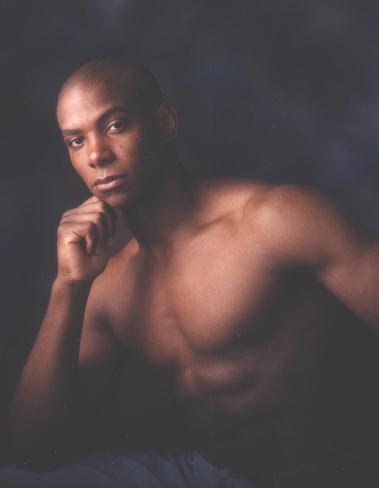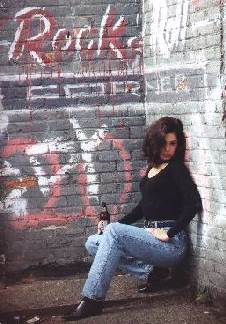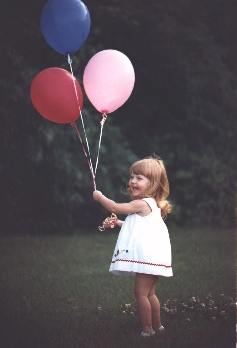
























Web Design By

© 1997-2006
Michael Minner Photography
ALL RIGHTS RESERVED

| |
Color Harmony
When elements of a composition relate to each other in a visually pleasant manner the elements are said to be in harmony with each other.
When the individual colors utilized in the composition "look good" together then color harmony has been achieved. By familiarizing yourself with the color spectrum you can determine which colors relate well to each other.
The color spectrum of white light is actually composed of several colors of light. These colors are readily observed in a rainbow, for example, or when light passes through a prism.
      
The seven colors of the spectrum, commonly referred to as ROYGBIV, are:
 red red
 orange orange
 yellow yellow
 green green
 blue blue
 indigo indigo
 violet violet
The color wheel illustrates diagramatically the relationships between colors. It shows how the three primary colors of red, yellow, and blue can be mixed with each other to form the other tones.

Colors on the left side of the color wheel are considered cool colors and the ones on the right side are referenced as warm colors. Colors are not physically cool or warm, but are referred to as such because of the way they make you feel. Photographers can use this knowledge about human feelings to create images that evoke the appropriate responses to their pictures.
Colors next to each other in the color spectrum are called analogous colors. As neighbors these colors share many of the same attributes and, therefore, relate to each other nicely. Some simple examples consist of the following pairings:
  red & orange red & orange
  green & blue green & blue
  violet & red violet & red
Every color in the spectrum is analogous to 2 others. For example, orange is analogous to both red and yellow. Green is analogous to both yellow and blue. Violet is analogous to both indiqo and red.
 When we use analogous colors in our photographs, whether it be through clothing, props, or background we have created harmony in the viewer's eye. When we use analogous colors in our photographs, whether it be through clothing, props, or background we have created harmony in the viewer's eye.
Colors that are not neighbors in the ROYGBIV spectrum are referred to as discordant colors. They have less in common with each other than analogous colors. The farther apart they are from each other in the spectrum increases the level of discordance. Colors on opposite sides of the color wheel are called complementary colors. For example:
 orange and green orange and green
are discordant colors, but not as discordant as the complementary colors
 orange and blue orange and blue . .
 Complementary colors would be used in a photograph when it was desirable to incite an emotional response in the viewer. Increased discordance translates into an increased emotional response. Complementary colors would be used in a photograph when it was desirable to incite an emotional response in the viewer. Increased discordance translates into an increased emotional response.
A photograph that consists primarily of one color or hues, tones, and shades of the same color is a monochromatic image.
 Popular high key portraits are excellent examples because the viewer's mind is placed at ease. They are dynamic images because of their simplicity. Popular high key portraits are excellent examples because the viewer's mind is placed at ease. They are dynamic images because of their simplicity.
Other examples of dynamic monochromatic portraiture consists of low key photogaphy and even certain environmental portraits.
 
Polychromatic images are those consisting of multiple color combinations. More often than not the best polychromatic portraits are composed of analagous colors.
 
|
|